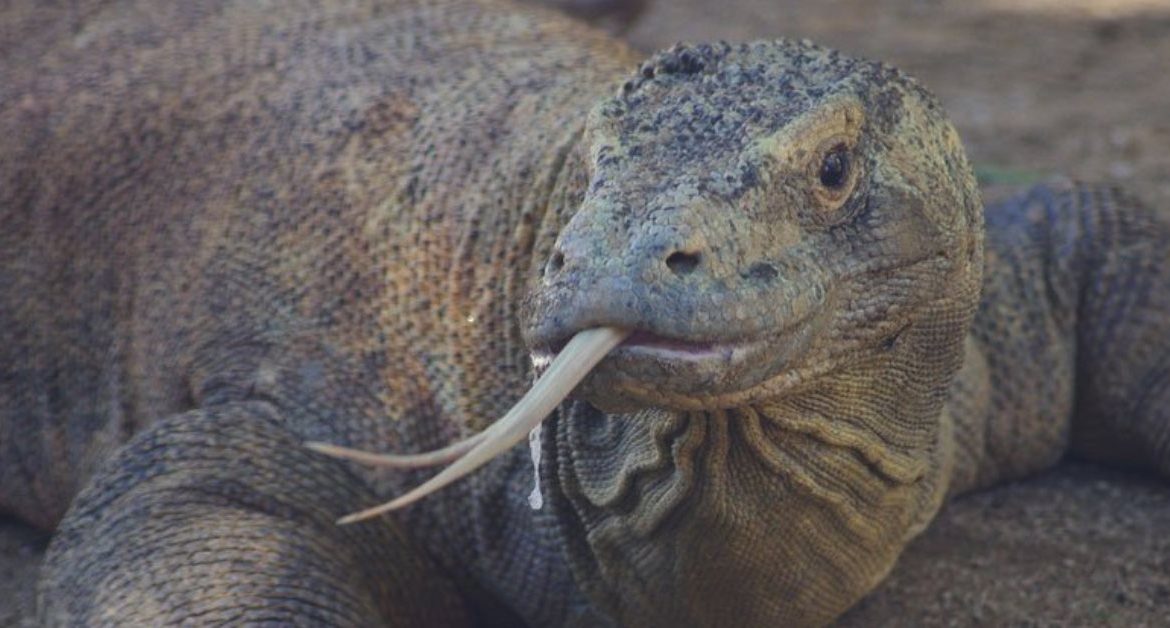The hidden power of dragons’ blood.
Protein fragments in the blood of Komodo dragons have antimicrobial properties that help them resist toxic bacteria, and they could be used to develop new drugs to counter antibiotic resistance, researchers have found.
The Komodo dragon is the world’s largest lizard, growing up to 3 metres (9.8 feet) in length and weighing up to 70 kilograms (154 lbs). It lives on five small islands in Indonesia, where its massive size and sharp teeth enable it to feast on prey as large as water buffalo – but there’s another, less obvious reason why you definitely don’t want to get bitten by one.
Previous research has found that the mouths of Komodo dragons (Varanus komodoensis) contain up to 57 kinds of dangerous bacteria.
It’s not entirely clear, where this bacteria come from. More recently, scientists have suggested that it stems from Komodo dragons drinking from sewage-contaminated water sources.
Now researchers have figured out how these lizards became resistant to having such deadly bugs in their mouths.
A team from George Mason University took blood from Komodo dragons, and analysed it to see if they could find traces of what’s called cationic antimicrobial peptides (CAMPs).
These protein fragments are produced by nearly all living creatures, and work as an essential part of our innate immune system. Previous research by the team in 2015 had identified these peptides in alligator blood.
«It’s that part of your immune system that keeps you alive in the two or three weeks before you can make antibodies to a bacterial infection,» biochemist Monique van Hoek said at the time.
«It’s part of your generalised immune response to the world.»
With a technique they developed in the lab, negatively charged nanoparticles made from hydrogel were used to capture peptides in the blood samples, and subsequent analysis identified 48 potential CAMPs.
Of the 48 identified, 47 of the peptides were derived from histone proteins, which are known to have antimicrobial properties.
The team synthesised eight of these peptides, and tested them against two particularly nasty kinds of bacteria that have been labelled ‘superbugs’: Pseudomonas aeruginosa, and Staphylococcus aureus, aka MRSA.
Of the eight synthesised peptides, seven were effective at killing both bacteria in lab-grown cultures, while one was only effective against P. aeruginosa.
It’s early days, but the researchers hope that future studies of these peptides could lead to new antibiotic medications that can fight deadly superbugs, as well as helping to establish how these CAMPs are so effective against this very real threat.
«While our bioprospecting approach establishes sequences of the intact native peptides that are present in the sample, it does not provide information regarding the mechanisms by which they are produced or their regulation,» the team writes in their paper.
«Future efforts will focus on determining whether peptides are constitutively produced or the result of pathogen detection, as well as whether this phenomenon is limited to Komodo dragons or if it occurs in other species, including humans.»
The findings are reported in the Journal of Proteome Research.






